
How do I choose the right light color?
The color of light or color temperature is expressed in Kelvin value. The full spectrum ranges from 1800K to 16000K. In our product range, we have LED lamps with different color temperatures namely: 2200K, 2700K, 3000K, 4000K, 6000K. Additionally, we also have RGB lamps with colored light, which can emit all colors of the color spectrum. The light color you need depends on the space where the lamps will be placed. Below is a brief overview with color indication of the different light colors/color temperatures.
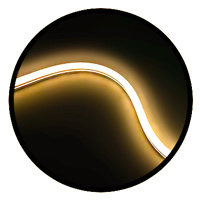
Extra warm 2200K
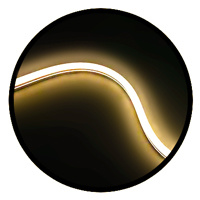
Warm 2700K
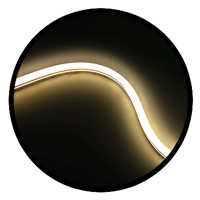
Warm white 3000K
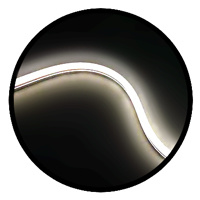
Bright White 4000K
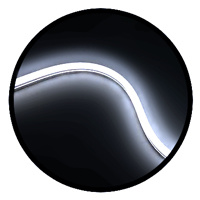
Neutral White 5000K

Cold White 6000K
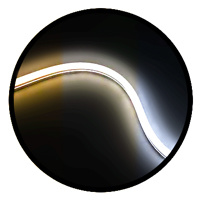
CCT 3000K - 6000K
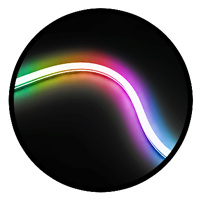
RGB Full color
Application of the right light color
The choice you make for the color temperature of the LED lighting depends on the purpose of the space where the light will be placed. By this, we mean the purpose for which the light is used. Is the space used for work or for relaxation? It may be that work is done during the day and relaxation occurs in the evening. The type of work also influences the appropriate color temperature.
Warm White
If the space is used for relaxation, it is best to use a warm white light color. This can vary between 2200K and 3000K, where 2200K has a more orange glow and 3000K is somewhat brighter. Think of using it at home in the living room or bedroom. But also for commercial lighting in, for example, restaurants and cafés where you want to make your guests feel comfortable. Also in shops, hotel rooms, or outdoor lighting for terraces and gardens.
Cool White
In office spaces, receptions, museums, schools, libraries, sports halls, and waiting areas, good visibility and focus are desired, as well as a pleasant atmosphere; a cool white light color of 4000K fits well here. Cool white most closely resembles bright, sunny daylight.
Cold White
If good visibility and utmost concentration are needed in, for example, dental practices, beauty salons, hospitals, or laboratories, then a cold white light color of 6000K is more suitable. This light color is also best for highlighting and color rendering of objects and people. This is because this light color most closely resembles very bright (cloudy) daylight. This is also perfect for hobby rooms, studios, or work sheds and garages.
What is CCT?
CCT stands for Correlated Color Temperature. Simply put, it refers to adjusting the color temperature. With LED lighting that has CCT, you can adjust the color temperature yourself. Generally, this ranges from 2700K Warm White to 6500K Cold White. This way, you can set the lamps as you wish and change them at any time if needed.
What is RGB+CCT?
CCT often goes hand in hand with RGB, allowing you to not only change the color temperature of your LED lighting but also the light color itself. This gives you almost an infinite choice of light colors and ensures you have the desired atmosphere at any moment!
Does light color affect the biological rhythm?
Light color can influence the production of melatonin. Melatonin is a hormone that plays a role in the body's sleep-wake cycle. In the evening, melatonin is produced, signaling to the body that it is time to go to bed. Bright or cool light (blue light) delays/stops the release of melatonin, keeping a person alert and focused. This is also why this light color is most commonly used during working hours. This applies to the blue light emitted by phones, tablets, computers, and TV screens as well. It is also a reason why people often have difficulty falling asleep, as they stare at one of these screens before bed and are exposed to blue light.
Warm white light, on the other hand, has little effect on the release of melatonin. Therefore, it is not recommended to use this type of light in workspaces such as offices or classrooms, as this light can cause fatigue. In the evening, however, it can have a beneficial effect on winding down and naturally becoming tired.
